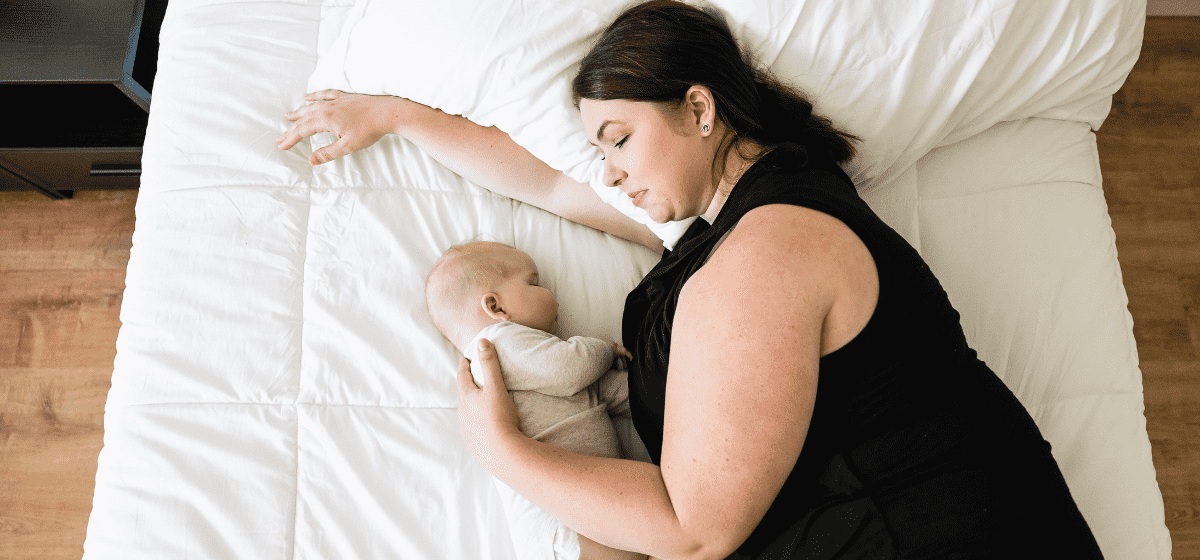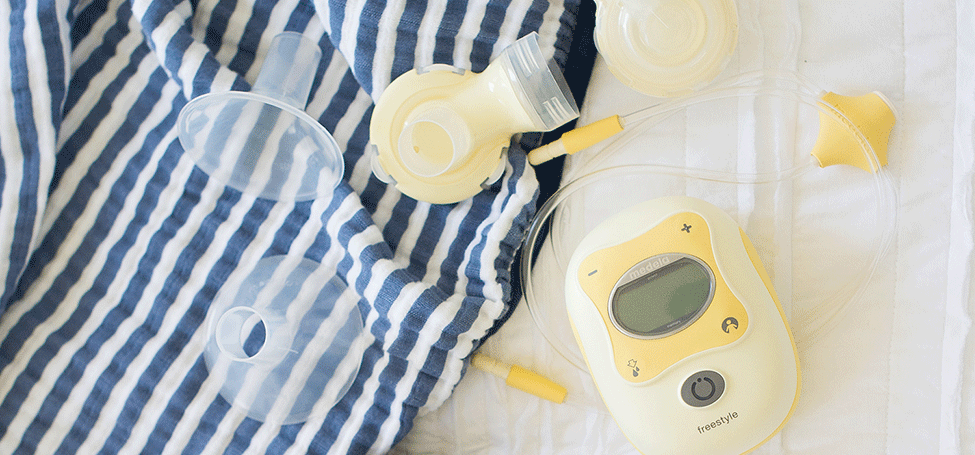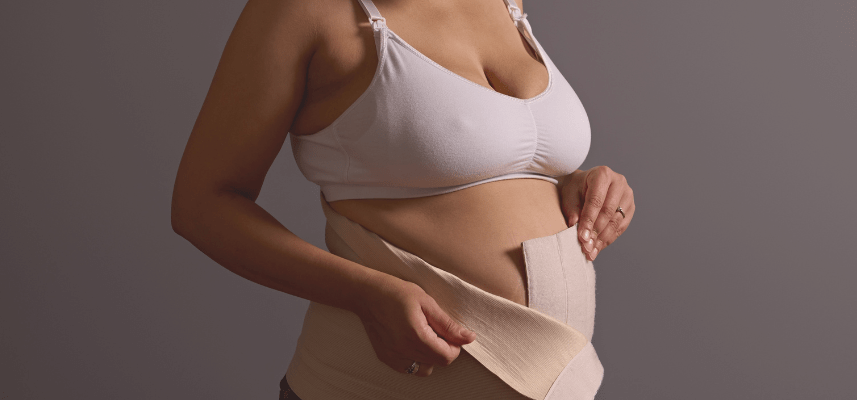Are you a new mother or mom-to-be wondering if your health insurance covers a breast pump?
Breast pump coverage stipulations can vary from one insurance provider to the next. There may be differences regarding which type of breast pump is covered (manual or electric), the duration of payment on rental pumps, and when a breast pump can be dispensed (before or after birth).
It’s a lot to figure out while you’re prepping for baby, but we’ve got you covered. This comprehensive guide will walk you through the entire process and answer some common questions that you may have about the process.
IN THIS ARTICLE:
Can I Get a Breast Pump Through Insurance?
How Do I Get a Breast Pump Through Insurance?
Which Breast Pumps Does My Insurance Cover?
What if I Have a Grandfathered Insurance Plan?
Hospital Grade vs Standard Double-Electric Pumps
- What is a hospital-grade pump?
- What is a standard double-electric breast pump?
- Do I qualify for a hospital-grade breast pump through my insurance?
How Many Breast Pumps Does Insurance Cover?
How Often Can I Get a Breast Pump Through Insurance?
When Should I Order a Breast Pump?
When Will My Breast Pump Be Shipped?
Do I Need A Prescription for a Breast Pump?
Can I Get a Breast Pump Through Insurance?
Yes, and that’s why we’re here—we provide breast pumps through insurance. While the types and brands of pumps vary by insurance, you should be able to get a breast pump covered by your provider. You may even be eligible for a free breast pump through your insurance!
Breast pump coverage falls under the Affordable Care Act (ACA), passed in 2010. A portion of the ACA is directed toward breastfeeding moms, and most insurance companies are now required to provide breastfeeding support and services for pregnant or nursing women. Every insurance company is different, and each has its own guidelines for coverage and benefits. Under the ACA, health insurance plans provide coverage for breastfeeding support, counseling, and equipment.
How Do I Get a Breast Pump Through Insurance?
Our process is straightforward. We’ll help you receive a name-brand, top-quality breast pump at no cost. Simply fill out our Qualify Through Insurance form, and a dedicated specialist will verify your coverage with your insurance company, share your pump options, and file the claim for you. We work with most major health insurance providers and can also provide a breast pump through some Medicaid plans.
As a Durable Medical Equipment (DME) provider, we have contracted rates with differing insurance policies that are considered to be “in-network.” We work with these providers directly to lessen the stress and hassle of receiving a breast pump through insurance. Once the pump arrives on your doorstep, we file the insurance claim on your behalf and handle all communication with your insurance company, so you don’t have to.
Which Breast Pumps Does My Insurance Cover?
Every health insurance plan has a unique set of guidelines for breast pump coverage. To determine which breast pump is covered by your insurance, complete our insurance qualification form, and one of our specialists will reach out with more information.
Depending on your health care coverage, the following may vary:
- Which kinds of breast pumps are covered, and their cost (some pumps are fully covered while others may require a small, out-of-pocket fee)
- How much and what kind of coverage is provided (some insurances also cover pregnancy support, postpartum recovery, and lactation classes, as well as milk storage bags and additional pump parts)
- When the breast pump can be shipped to you (before or after birth)
- The duration of payment on rental pumps (which require medical necessity)
What if I Have a Grandfathered Insurance Plan?
While most commercial plans began implementing breast pump coverage in August 2012 in accordance with the ACA, there are still a few exceptions, like grandfathered plans. Grandfathered insurance plans may not provide the same rights and protections that other plans offer in compliance with the ACA. You should be notified if your plan is grandfathered, but if you’re not sure, we recommend contacting your health plan's benefits administrator directly.
A grandfathered plan doesn’t necessarily mean you are not eligible for a breast pump through insurance, so be sure to fill out our form to get personalized coverage information from our team of experts.
Hospital Grade vs Standard Double-Electric Pumps
What is a hospital-grade pump?
A hospital-grade breast pump is a multi-user rental breast pump designed for mothers with a medical necessity preventing them from properly breastfeeding their babies—examples include (but are not limited to) a baby being in the NICU, mastitis, congenital defects, feeding difficulties, a prolonged separation between mom and baby at birth, or multiple births such as twins, triplets, etc. Because of these specific requirements, many insurers limit their coverage of these pumps.


Hospital strength is a term used by breast pump manufacturers to convey stronger breast pump suction. It can apply to single-user electric breast pumps, and there are no standards or regulations that define exactly what suction decibel a breast pump needs to have to be considered "hospital strength."
The only hospital-grade breast pump offered to rent through Aeroflow Breastpumps is the Medela Symphony. Aeroflow Breastpumps only works with select insurance providers for these pumps. Eligibility for the hospital-grade rental pump is dependent upon your specific insurance provider's contract with us.
What is a standard double-electric breast pump?
A standard double electric breast pump is a personal use pump and is brand new for use by all breastfeeding mothers. These pumps can be as strong as a hospital-grade breast pump, but do not have the same wavelength or programming the industrial-strength pumps do. Most mothers successfully pump with a standard double electric breast pump for the entire duration of their breastfeeding journey.
Do I qualify for a hospital-grade breast pump through my insurance?
Most insurances do not cover the hospital-grade rental pump unless it's a medical necessity. Wondering if you're eligible? Our hospital-grade breast pump specialists can give you more information and will reach out to your insurance company for the specific requirements you will have to meet to qualify. Give us a call at 844-867-9890 or email us at hospitalgrade@aeroflowbreastpumps.com
If you have confirmed that your insurance plan does cover a hospital-grade breast pump rental, they will require medical documentation (or a special type of prescription) from your doctor to move forward. This prescription must contain all of the below to meet insurance requirements:
- Signature of mother's OBGYN and OBGYN's NPI.
- Mother's first & last name with DOB (date of birth).
- Procedure code E0604 or hospital-grade breast pump. Please note: E0603 is a standard personal-use breast pump, not a hospital-grade pump.
- Indication of medical necessity & ICD 10 diagnosis code to specify the mother's medical necessity (your doctor should know exactly what needs to be listed here). Z39.1 is not a medical necessity diagnosis through insurance.
Once you have received this necessary prescription, please give us a call back at 844-867-9890.
How Many Breast Pumps Does Insurance Cover?
Most insurers will only provide coverage for one breast pump per pregnancy. You can often qualify for this benefit up until one year postpartum. Even if you have secondary health insurance, you’re only able to use your breast pump benefit through your primary insurance plan.
Many moms find it beneficial to have an alternate breast pump that they pay for out of pocket. A second breast pump can be used for many different activities, including travel (where you may want a pump that’s small and portable), work (hands-free pump options are great here), or even as a backup in case something happens to their primary pump.
How Often Can I Get a Breast Pump Through Insurance?
The majority of insurance providers cover one breast pump for each new pregnancy, so you do not have to reuse a breast pump from a previous pregnancy—though some Medicaid plans may have additional limitations. However, because coverage extends to each new pregnancy for most insurers, we do not suggest using an old breast pump on your new pumping journey.
Yes, if your old breast pump was kept clean, sanitized, and safely stored, and you ordered new parts for its continued use, it can potentially be reused. However, most pump motors only last for a limited number of hours, which may lead to reduced suction strength and decreased performance.
When Should I Order a Breast Pump?
We’ve found that most mamas order a breast pump around week 30 of their pregnancy, but you can order your pump at any time. We recommend beginning the process before your third trimester so that there is plenty of time to square everything away before your baby arrives.
But if you don’t get around to it then, no worries. You’re still eligible to apply for a breast pump through insurance up to one year postpartum. Though the exact period of eligibility depends on your particular insurance plan, our process is exactly the same in postpartum as it is for those who apply while pregnant.
When Will My Breast Pump Be Shipped?
Unlike a traditional online shopping experience, your breast pump will ship at the earliest eligible date mandated by your health insurance plan. We must strictly follow the timing criteria provided by your insurance to ensure the proper coverage applies.
Due to these varying provider guidelines, your pump may ship as soon as we have a prescription on file or it may not ship until 30 days prior to your due date. In less common instances, proof of birth is required before shipment, and your pump will arrive just after you’ve had your baby.
No matter your specific coverage guidelines, your pump will ship free and straight to your door.
Do I need a Prescription for a Breast Pump?
Yes, before you can get a breast pump, you’ll be asked for a breast pump prescription from your healthcare professional. This can be written by your OBGYN, primary care doctor, midwife, nurse practitioner, or, if you’ve already given birth, by your baby’s pediatrician. It may take some time to obtain the prescription from your doctor.
If you do not have a prescription at the time of your order, don’t sweat it. You can provide us with your doctor’s information, and we’ll coordinate retrieving the prescription on your behalf.
Upgrading Insurance-Provided Breast Pumps
Insurance breast pumps do not always provide breastfeeding moms with the extra features they want to make their breastfeeding journey as efficient and convenient as possible. If you want a tote bag, accessory starter kit, breast milk cooler with an ice pack, and other essential accessories, you will want to upgrade your insurance-provided breast pump.


How Do I Upgrade My Insurance Breast Pump?
- Fill out the Qualify Through Insurance form
- Aeroflow will contact your insurance to verify coverage and reimbursement
- Aeroflow contacts you to discuss your options
- We will let you know which breast pumps are covered by your insurance and how much your upgrade insurance breast pump will cost.
Note: HSA and FSA accounts can be used to pay the difference for upgraded breast pumps. Be sure to disclose your HSA and FSA information.
Insurance Breast Pump Upgrade Features
Each insurance breast pump upgrade will vary in its features and accessories, but some common upgrade features include:
- A carrying bag in the form of a backpack, tote, messenger bag, or carryall
- An additional power source
- A cooler bag with an ice pack
- An accessory kit
- Hands-free pumping capabilities
- Other convenient items not reimbursable by insurance
Medela, Ameda, and Lansinoh all offer a wide array of insurance breast pump upgrades.
Additional Questions and More Information
Should I Include a Breast Pump on My Registry?
If you have health insurance coverage, we do not recommend adding a breast pump to your registry, as this can get very expensive. We encourage all mothers to take advantage of the Affordable Care Act to cover the cost of their breast pump.
Can a Breast Pump Through Insurance Be Returned?
Unfortunately, most retailers will not accept returns on breast pumps because they are considered medical equipment. However, all Aeroflow Breastpumps pumps are warranted through the manufacturer. So, if you experience any issues with your breast pump, we recommend reaching out to them directly, as they will be able to help you with troubleshooting.
If you have any questions, check out our FAQ guide for more information on coverage guidelines, or give us a call at 1-844-867-9890 to get started. We look forward to hearing from you soon!
Information provided in blogs should not be used as a substitute for medical care or consultation.










